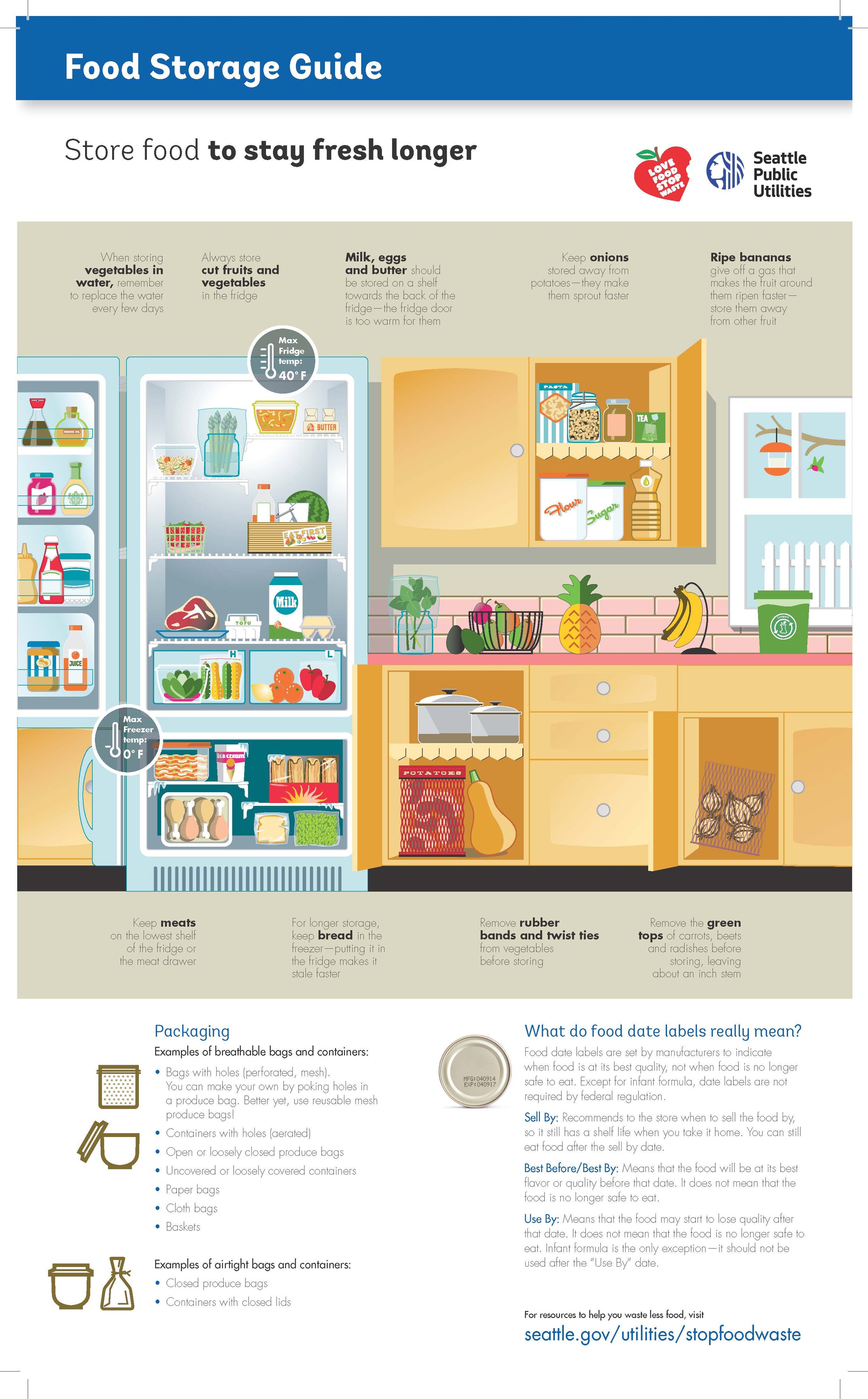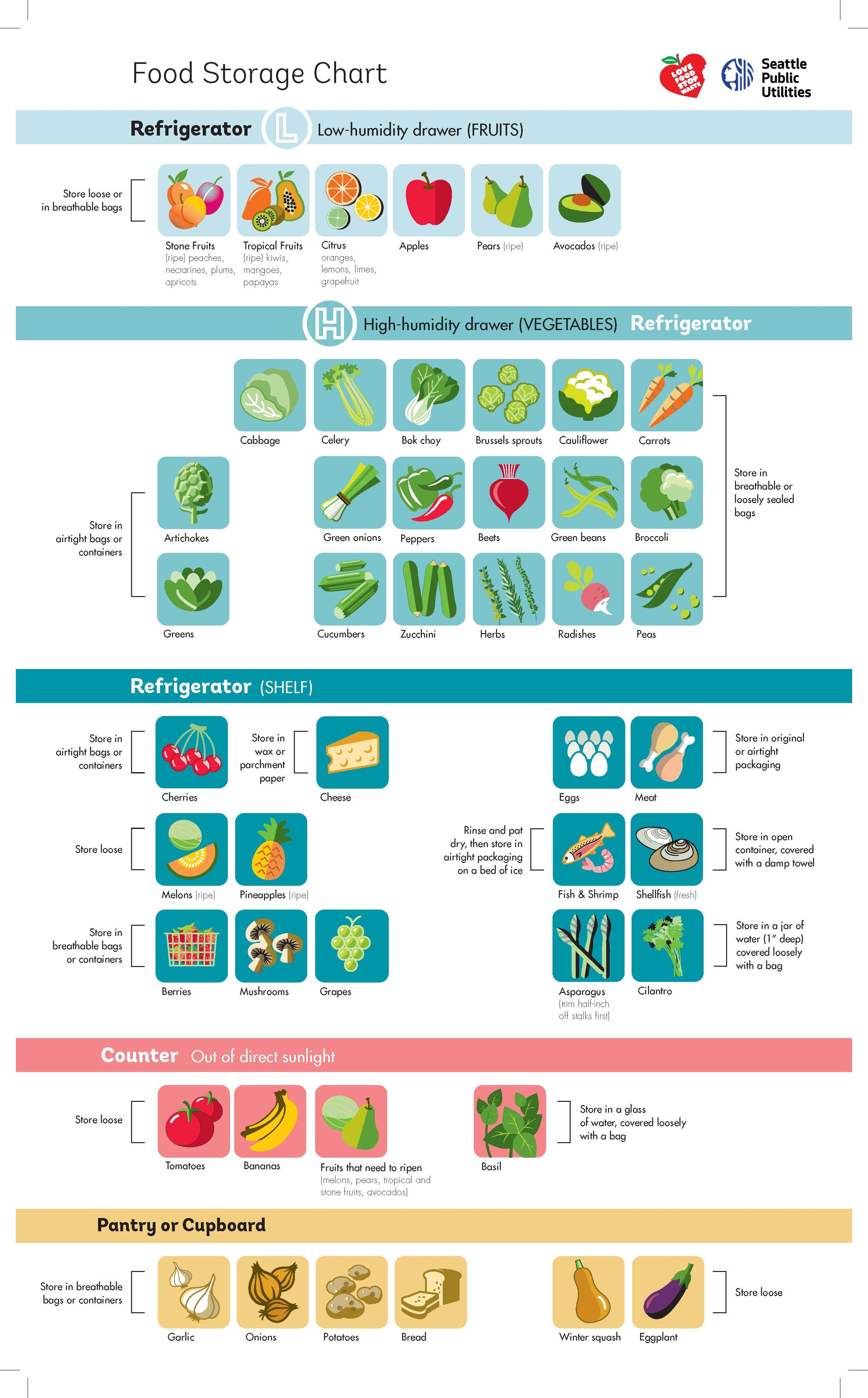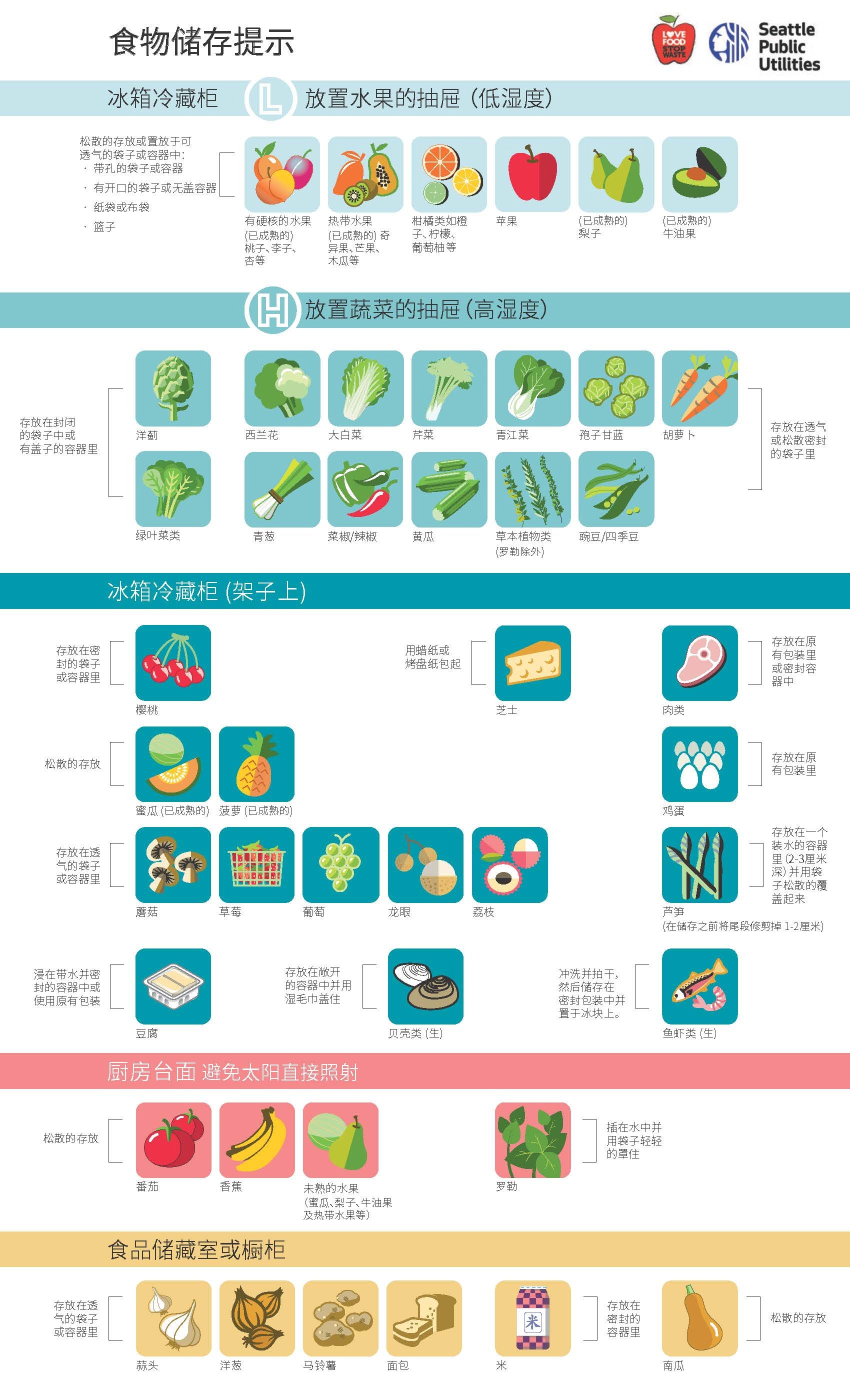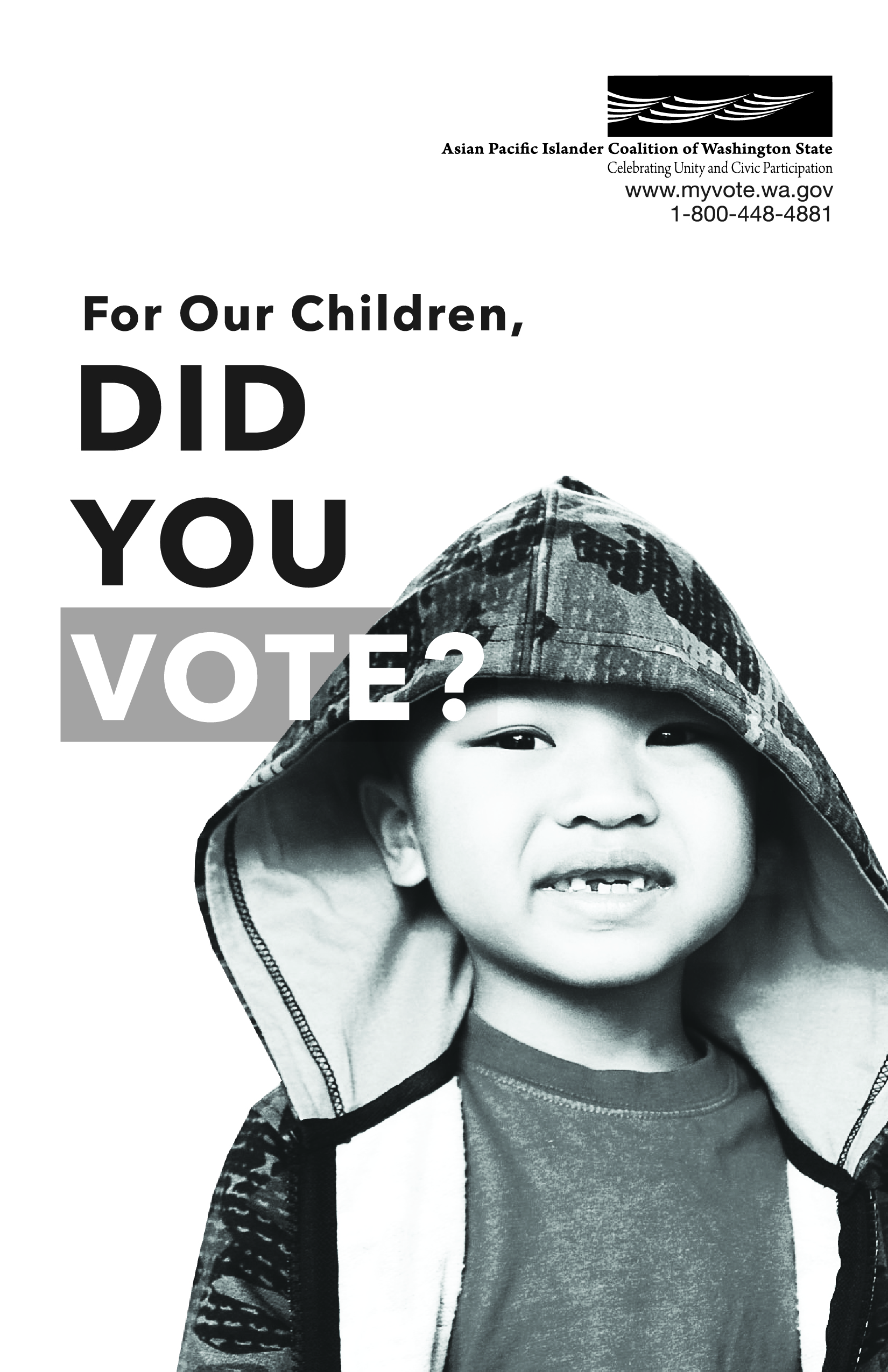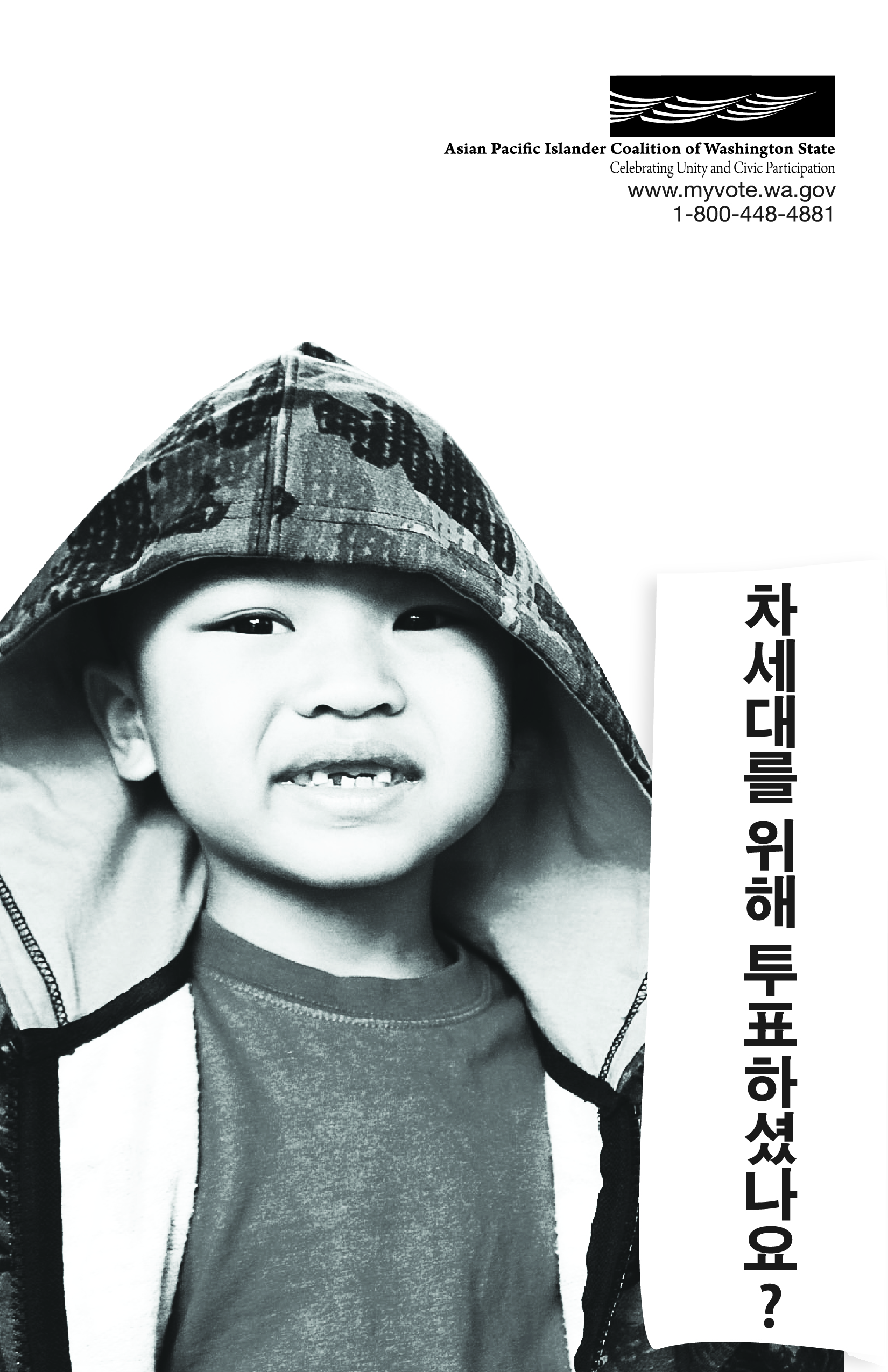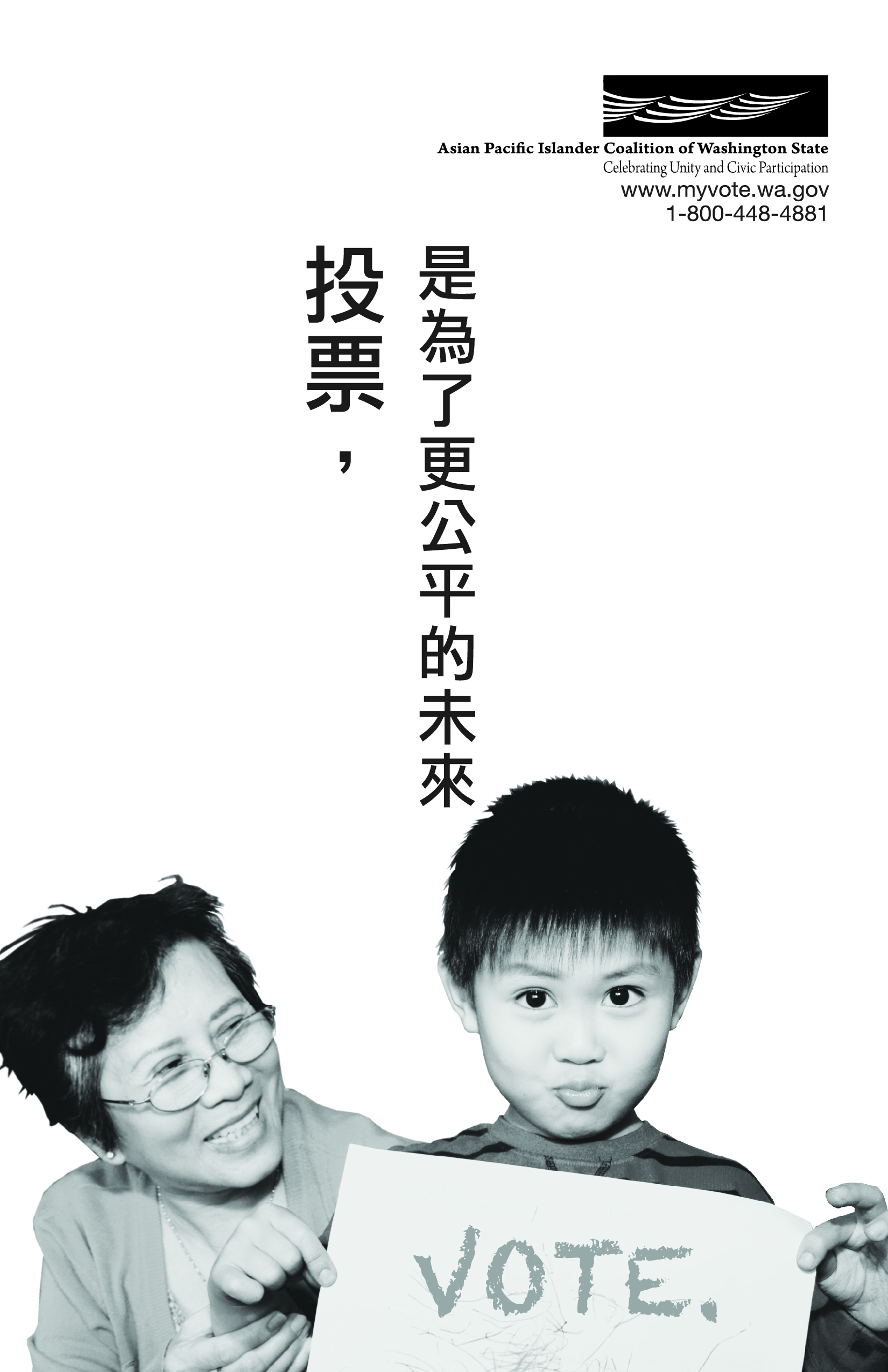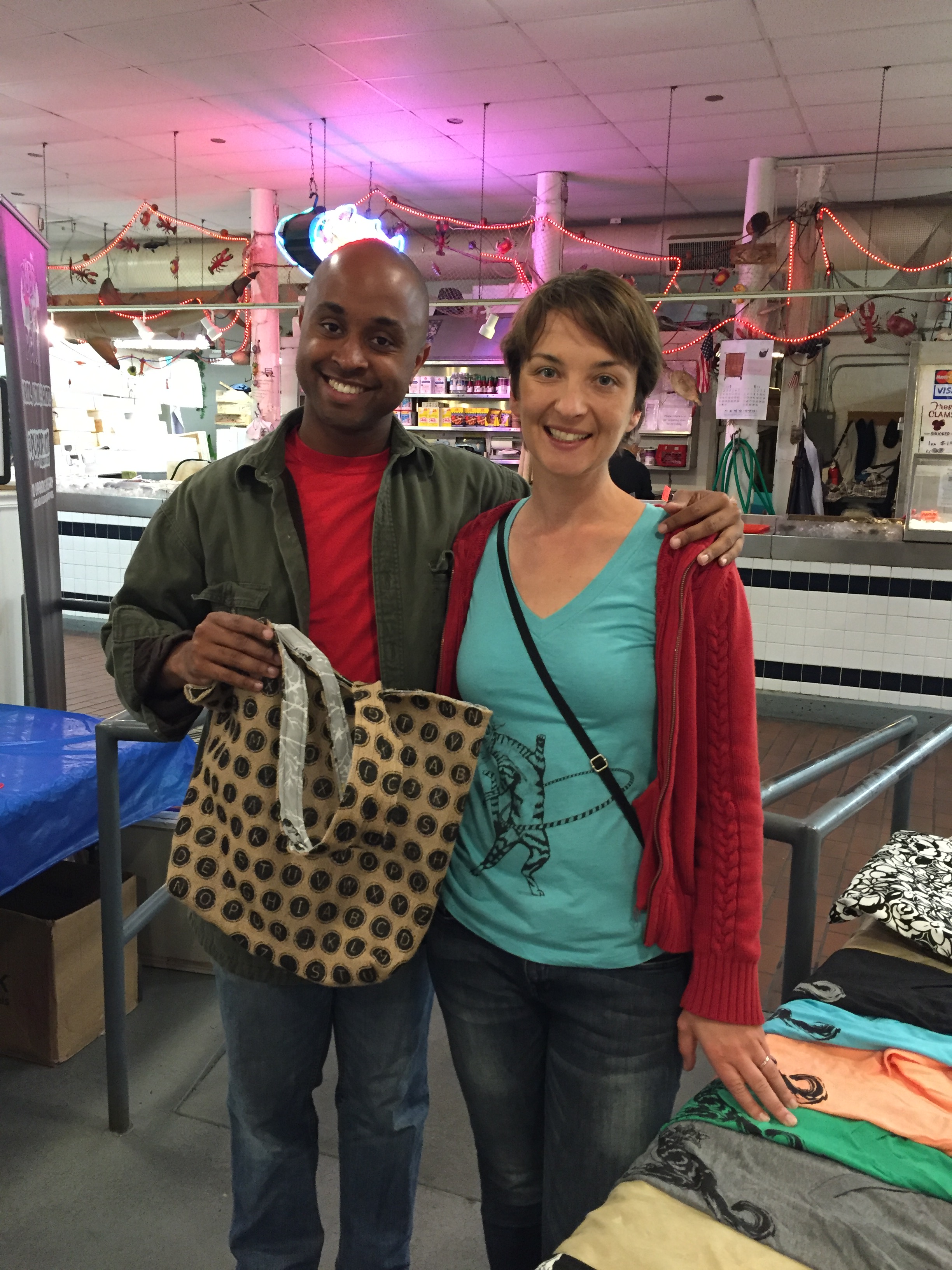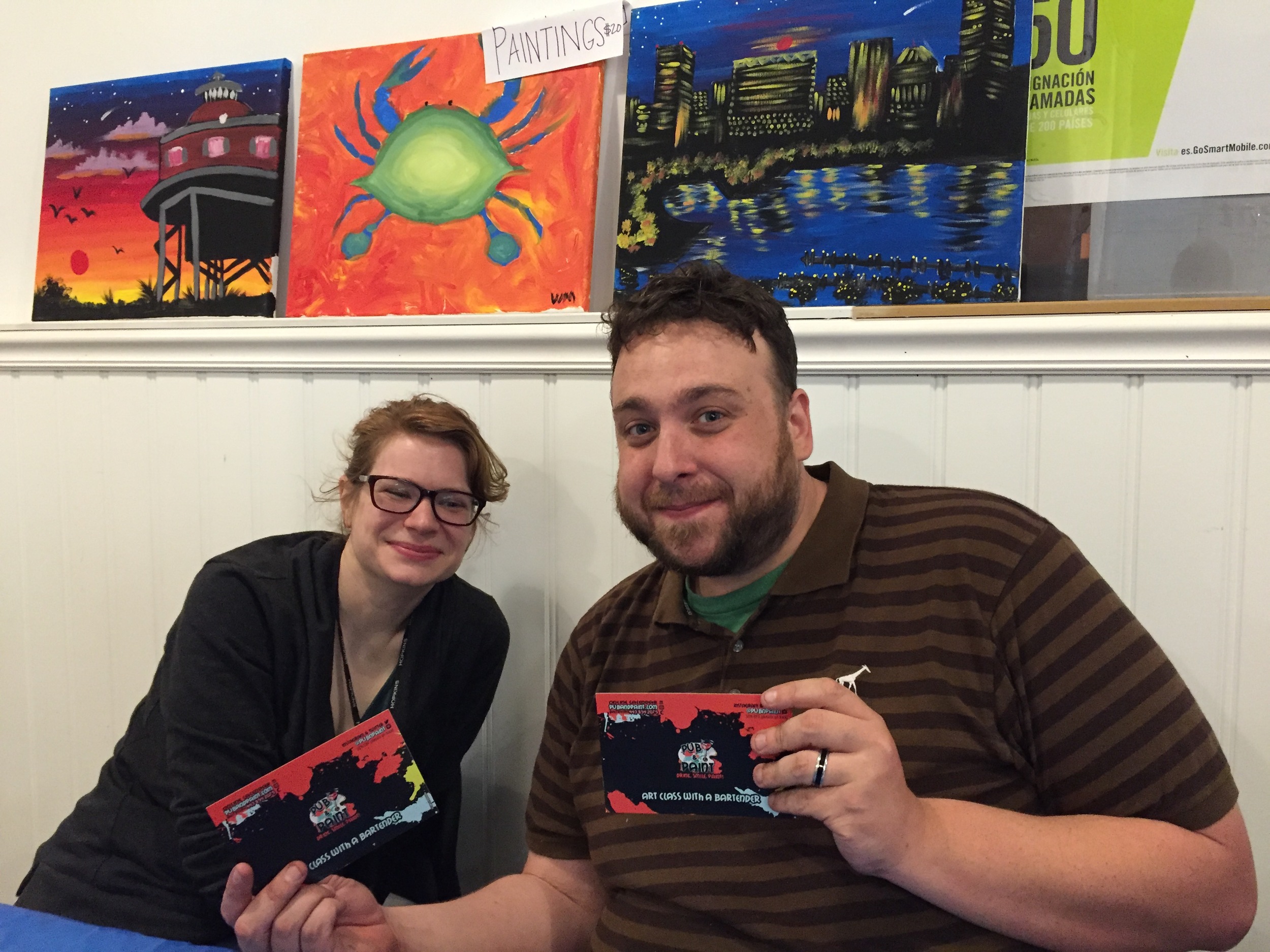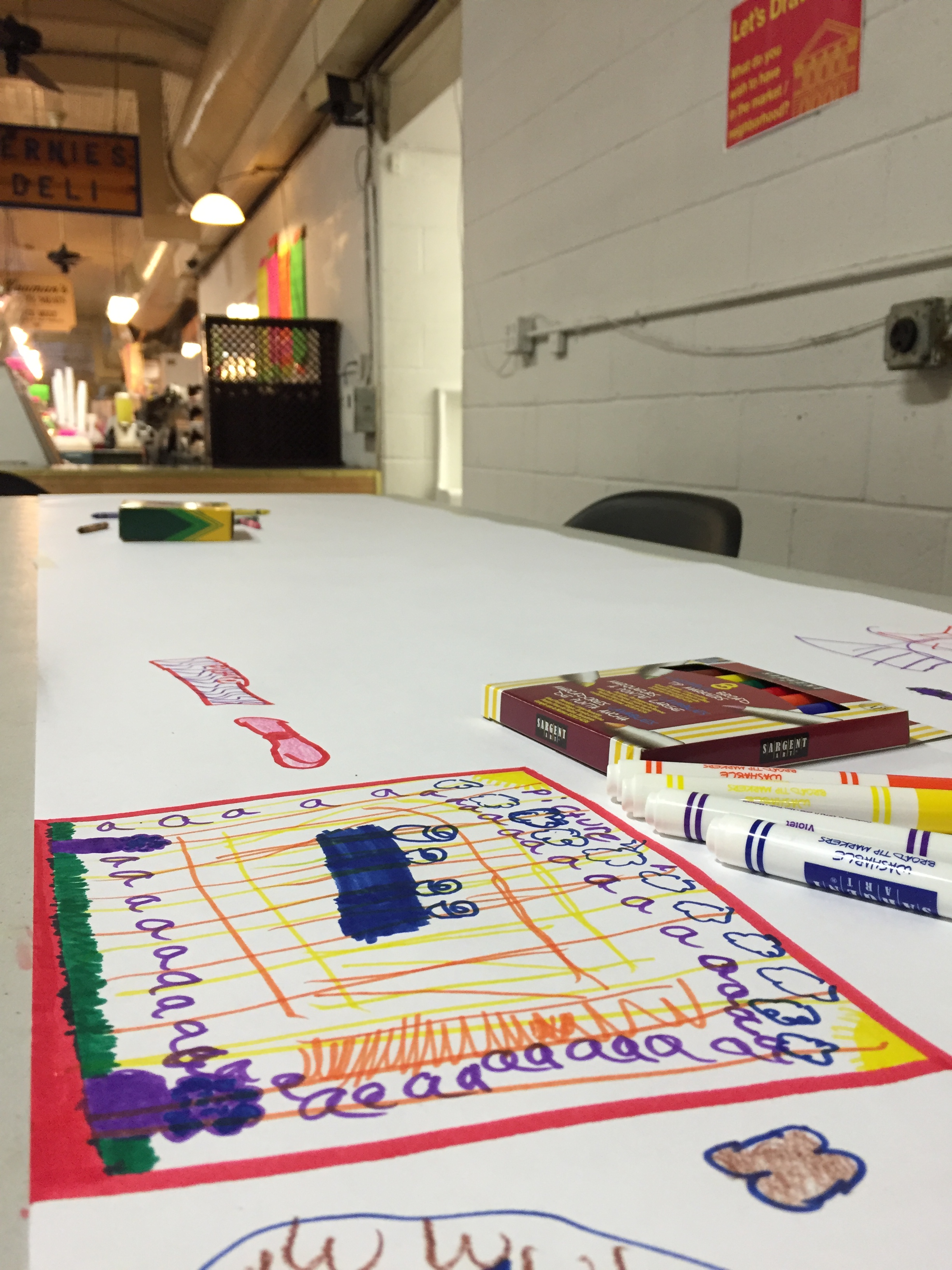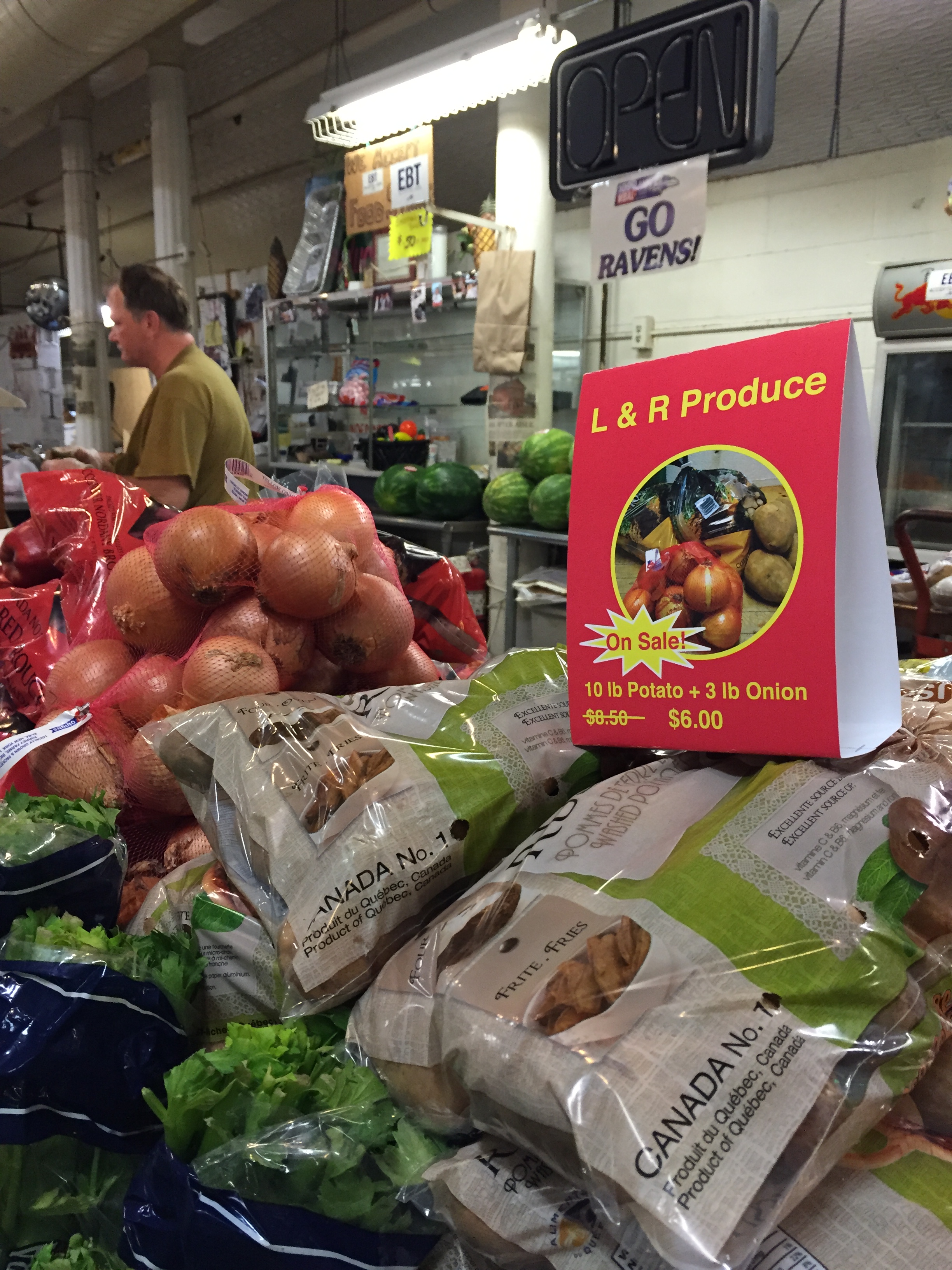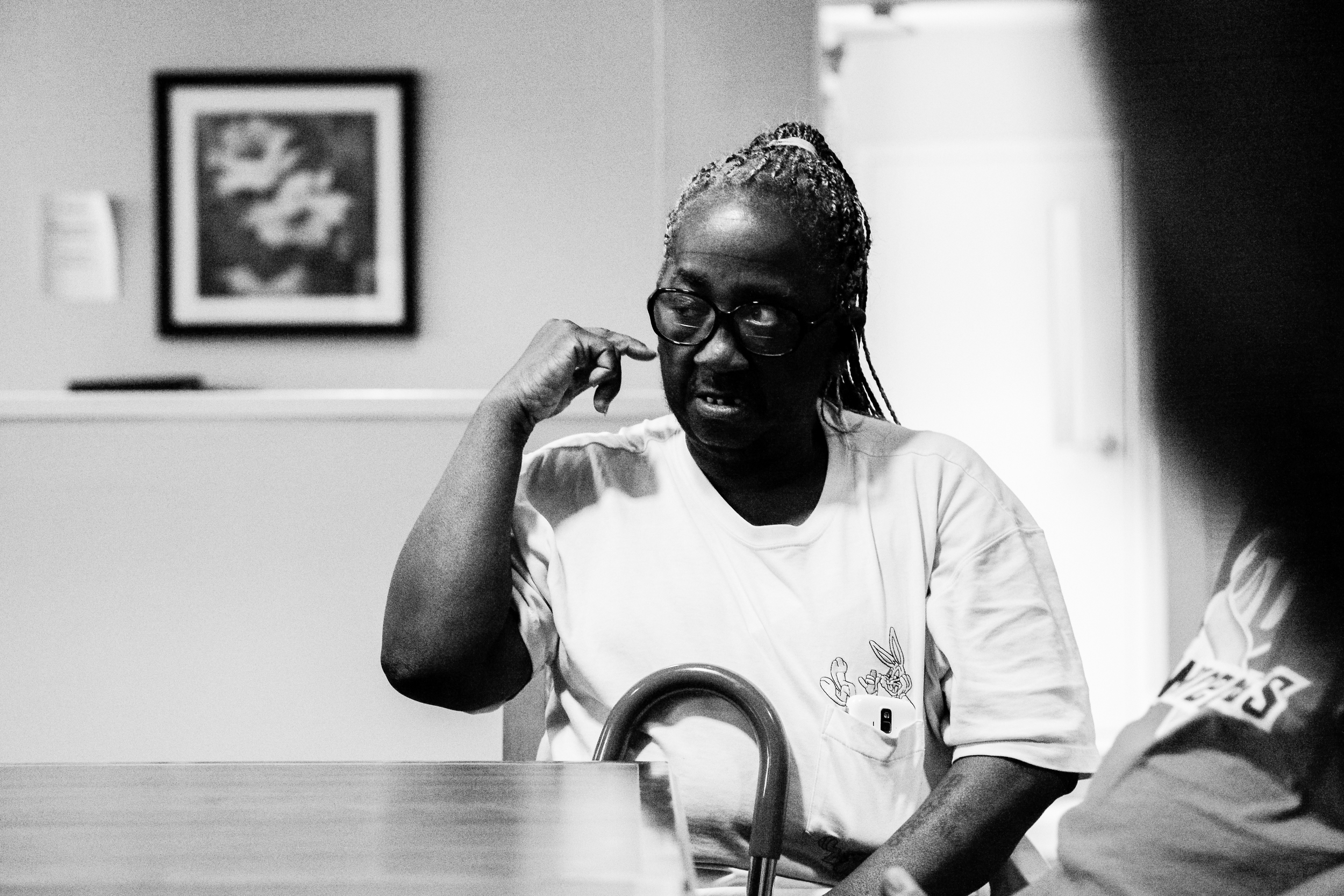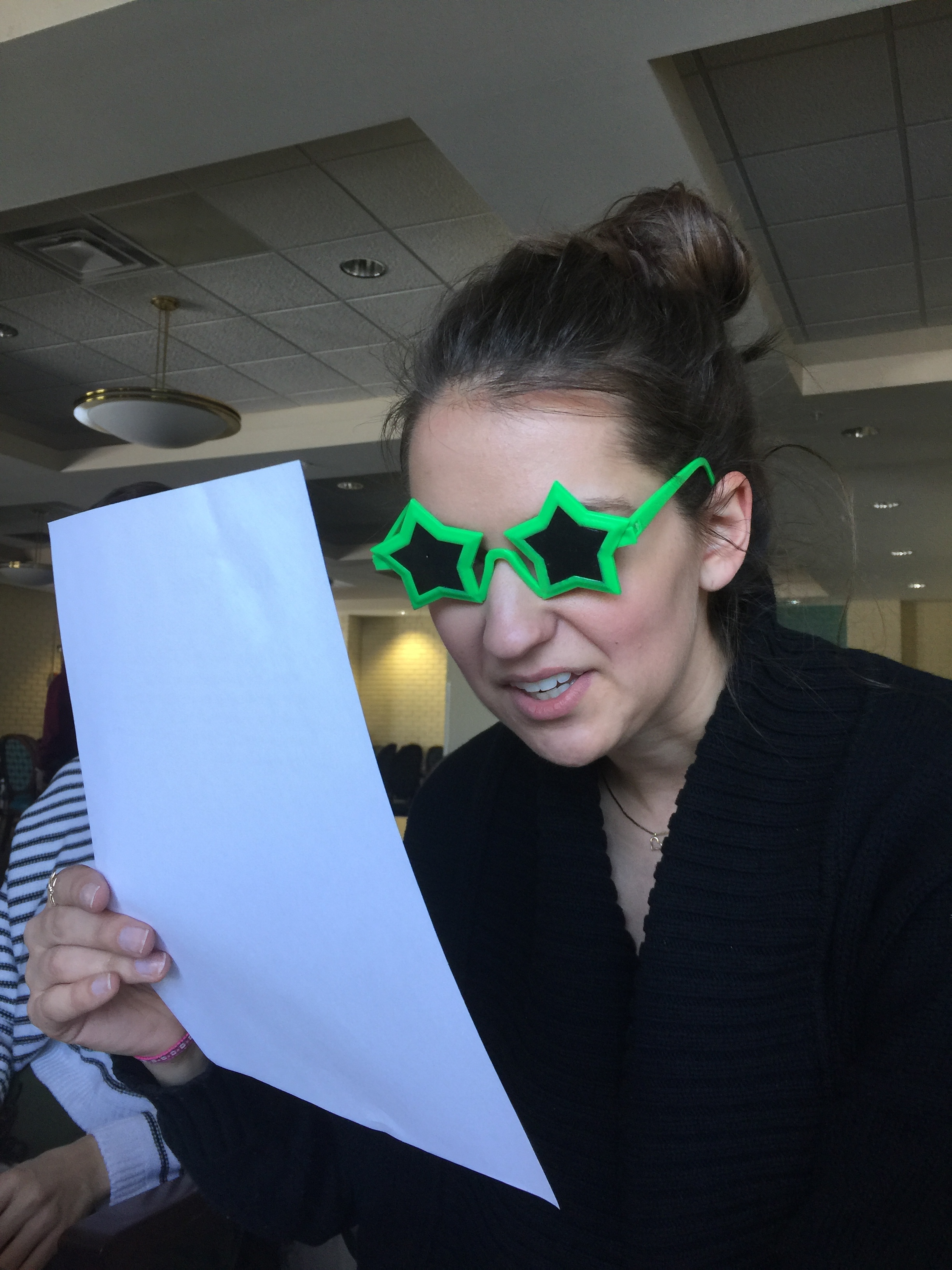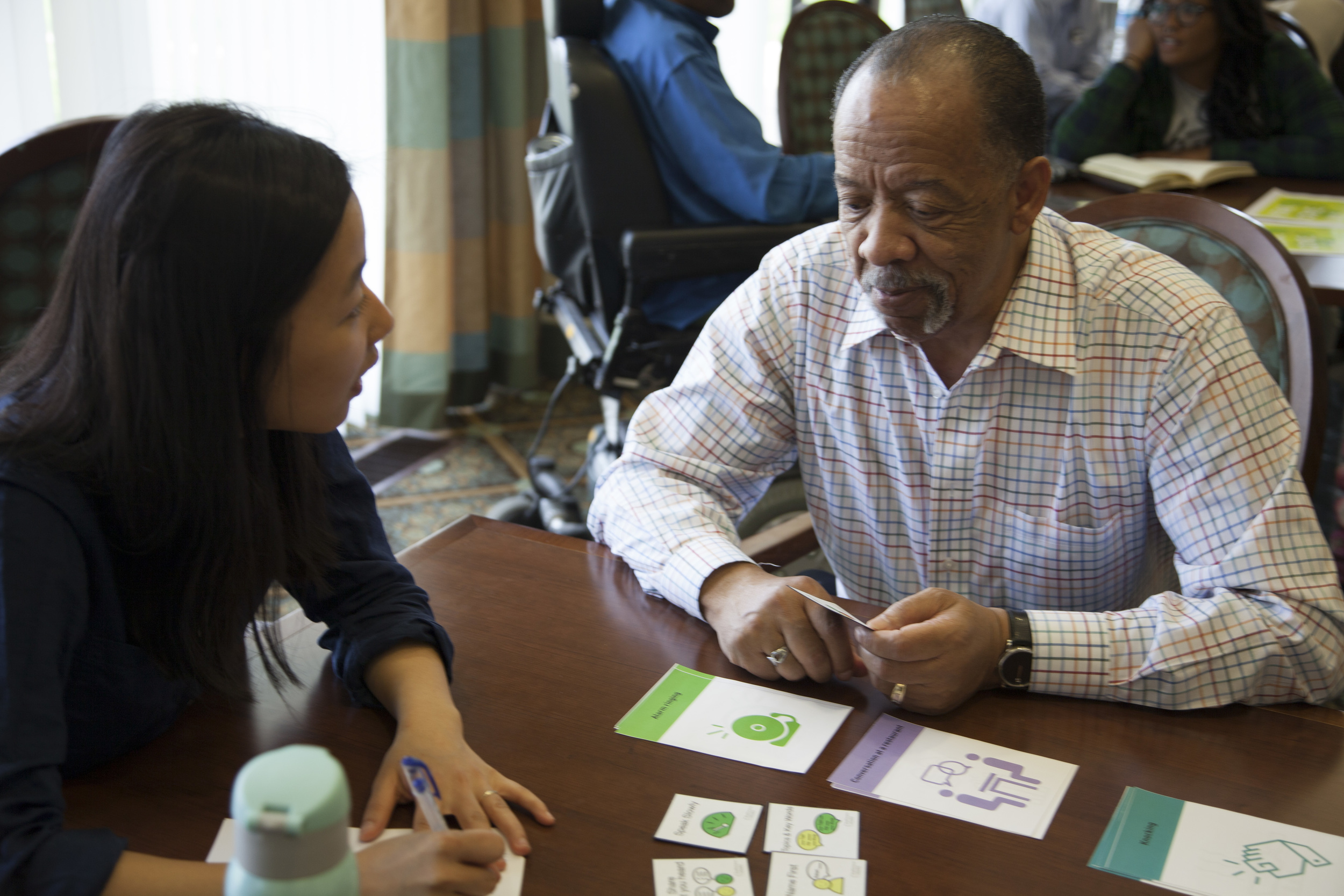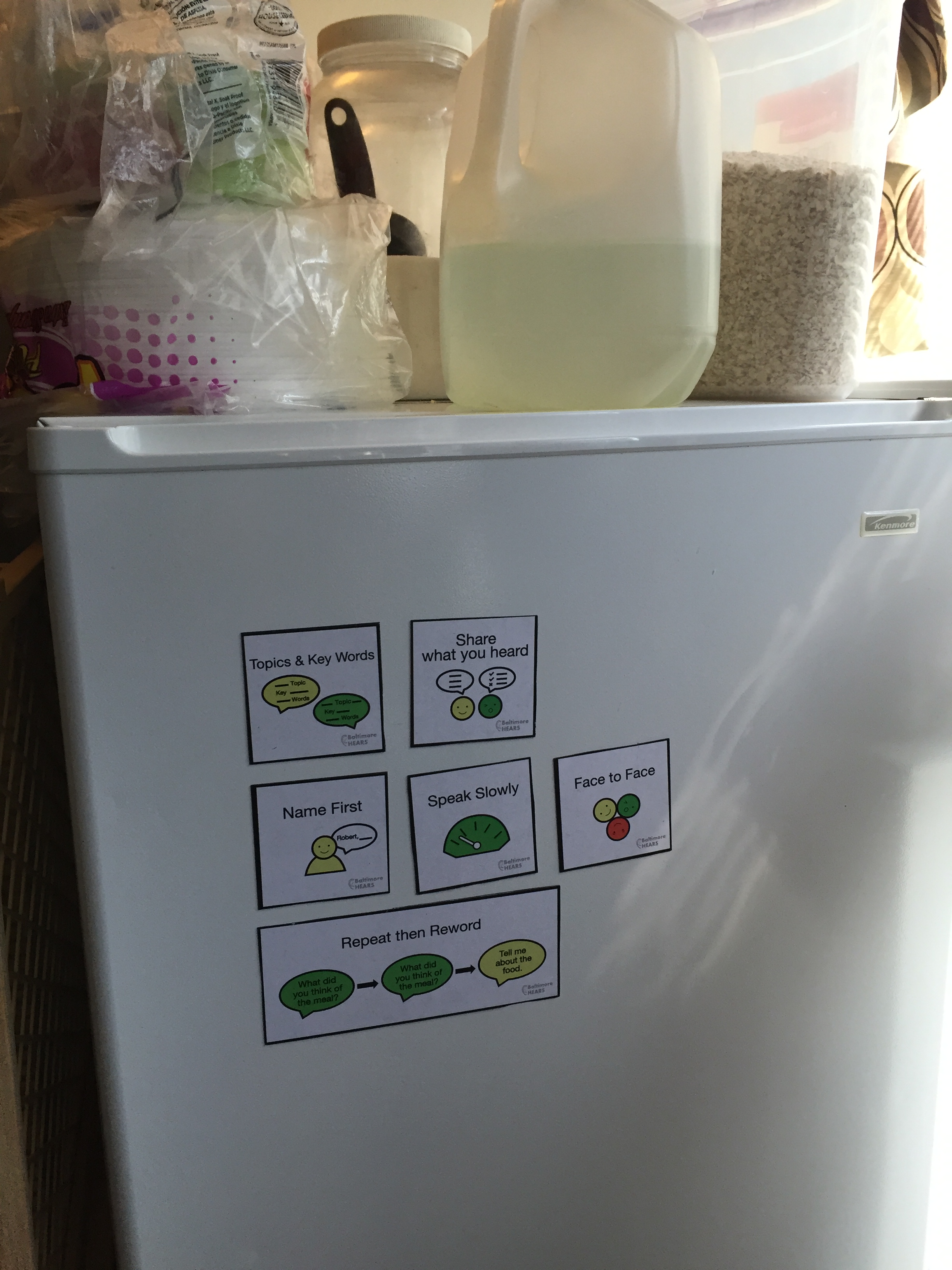“Peggy’s (centralized translation) model is the most unique and innovative I’ve seen nationwide.”
Context
The Language Access Program is a citywide program within the City of Seattle that aims to provide meaningful and equitable access for residents regardless of their language preference. Upon starting as the Language Access Program Manager, I discovered the translation process was decentralized, leading to poor quality and inconsistent terminology. Additionally, staff members perceived the translation process as lengthy and challenging with little value.
Challenge
I see a need to design a centralized system that supports city staff in translating and communicating in languages other than English.
Approach
To further understand the challenge, I initiated a comprehensive stakeholder engagement process and took a human-centered design approach to identify solutions. I spoke with Department Directors, City front-line staff, industry experts, and translation vendors to understand their perspectives and pain points.
Interview and Survey. I surveyed and interviewed staffers, the system’s main users, to map out existing processes and identify pain points.
Participatory Workshop. I hosted a workshop with department directors to align needs and priorities.
Vendor and Expert Engagement. I interviewed and learned from translation companies and other cities.
Budget and Expense Data. I partnered with the City Budget Office and Finance team to assess existing translation-related budgets and expenses.
Key findings
I synthesized research results and responses into these findings:
Writing in plain language is a challenge. The existing English content is not simple enough. It is full of technical terms and jargon. With overly complex language, it’s challenging for translators to translate accurately.
City staffers have limited time and resources when handling translation projects.
Being relevant to our local immigrant community is critical. Translation projects were usually outsourced to translation vendors that worked with international translators. As a result, translations were often incorrect given that the translators did not have local knowledge about Seattle’s government.
Design
Based on the findings, I identified solutions and developed key features for the new system.
Embedded content review. I embedded a step in the new workflow for project managers to review English content for simplicity and clarity. This way, the system also improves access for English readers.
Easy to Use. I found a cloud-based translation management tool as a one-stop shop, from project submission to payment. All city employees now can submit a project request using this portal.
Economical. The translation tool also incorporates an online database to store and recycle translations to save time and money.
Relevant to local immigrant communities. I developed a translation workflow where the city can work with local translators and invest in the local immigrant workforce.
Implementation
Cross-departmental partnership. I invited staffers to test different tools before making final decisions to ensure that the tool is user-friendly. I partnered with IT experts to help evaluate the tool’s privacy and security standards and worked directly with the procurement team to establish a city blanket contract with the software vendor.
Leadership buy-in. I presented my recommendations to our office Director and the Mayor's Office, successfully convincing them to adopt the new system and securing permanent funding for its implementation and ongoing administrative costs.
New system promotion and adoption. Collaborating with other departments, I developed training materials and conducted sessions to ensure city staff were comfortable using the new system. Engaging marketing materials, such as this video, were created to spread awareness and adoption.
Community translator team. I successfully onboarded and trained over 40 translators covering 20 languages – all from the local community.
A community translator excitedly shared this flyer with me when they received what they translated in the mailbox.
Result
More than 25 departments have embraced the new system and it continues to expand: total translated words grew 10% in the second year, compared to the first. The system earned a remarkable user satisfaction score of 4.9 out of 5 according to a user survey. I am immensely proud of our progress in making the City of Seattle's language access program one of the most community-centered and technology-driven initiatives in the US. Through strong stakeholder support and innovation, the city has significantly improved communication and services for our immigrant community members. These efforts have been recognized in a Migration Policy Institute blog post.
“I always wanted something like what you’ve built up, and I’m just grateful and impressed by how clean and straightforward it all is.”





